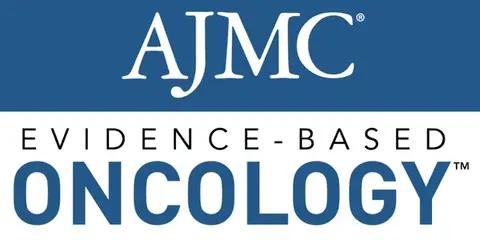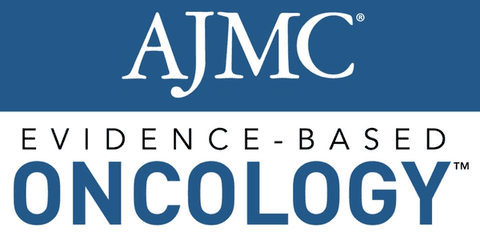Article
Caps on Medical Malpractice Awards Move Through House
Author(s):
Tort reform has been on doctors' wish lists for decades. Supporters of reform say it would reduce frivolous claims and stop doctors from practicing defensive medicine, while some consumer groups say doctors should not be insulated from liability for egregious errors.
As efforts to replace the Affordable Care Act (ACA) command center stage in Congress, another effort that could have far-reaching effects on the way doctors practice medicine is making headway: medical malpractice reform.
On Wednesday, the House of Representatives voted 218-210, mostly along party lines, to cap non-economic damages at $250,000. These are the “pain and suffering” awards that come alongside calculated damages, such as hospital costs or lost wages, that result from medical errors. If behavior is considered reckless, punitive damages may be awarded as well.
Medical malpractice reform, or “tort reform,” has been on doctors’ wish lists for decades. Malpractice premiums rise and fall in cycles—called “hard” and “soft” markets—and tend to be higher in certain specialties, such as obstetrics. Consumer and advocacy groups who oppose caps say doctors should not be insulated from serious mistakes, while supporters of reform say it’s time to drive way frivolous claims.
Medical malpractice went through a difficult hard market about 15 years ago that ended in 2006, but things can change. That market drove physicians in some high-risk specialties from the profession and created provider shortages in locations with high-risk patients.
Passage of the bill, the Protecting Access to Primary Care Act, appears trickier in the Senate than the House. The Congressional Budget Office says the House bill will achieve what doctors claim—lower healthcare costs by driving down medical liability premiums. While some statistics say medical liability costs only add 2.5% to healthcare spending, doctors have argued for years the real costs come in the extra tests and other defensive steps taken in practice to avoid being sued.
In fact, some promote the rise of clinical pathways as a tool to combat malpractice suits—one that requires detailed documentation of any deviation to avoid liability.
Besides the cap on non-economic damages, the House bill would:
- A fee schedule that gives a higher share of damages to the patient as the award rises: Contingency fees for plaintiffs’ counsel would be 40% of the first $50,000 to an injured patient, 33% of the next $50,000, 25% of the next $500,000, and 15% of damages that exceed $600,000.
- Exempt clinicians who order a drug or medical device from class-action or product-liability lawsuits.
- Replace joint-and-several liability with a Fair Share rule. This means a defendant who is only partly responsible for an injury cannot be forced to pay the entire award. A Fair Share system divides up the award based on each defendant’s percentage of responsibility.
- Pay damages in installments, not all at once when they are above $50,000.
- Sets a statute of limitations at 3 years from the date of the wrongful act or 1 year after the plaintiff discovers it, whichever is first.





